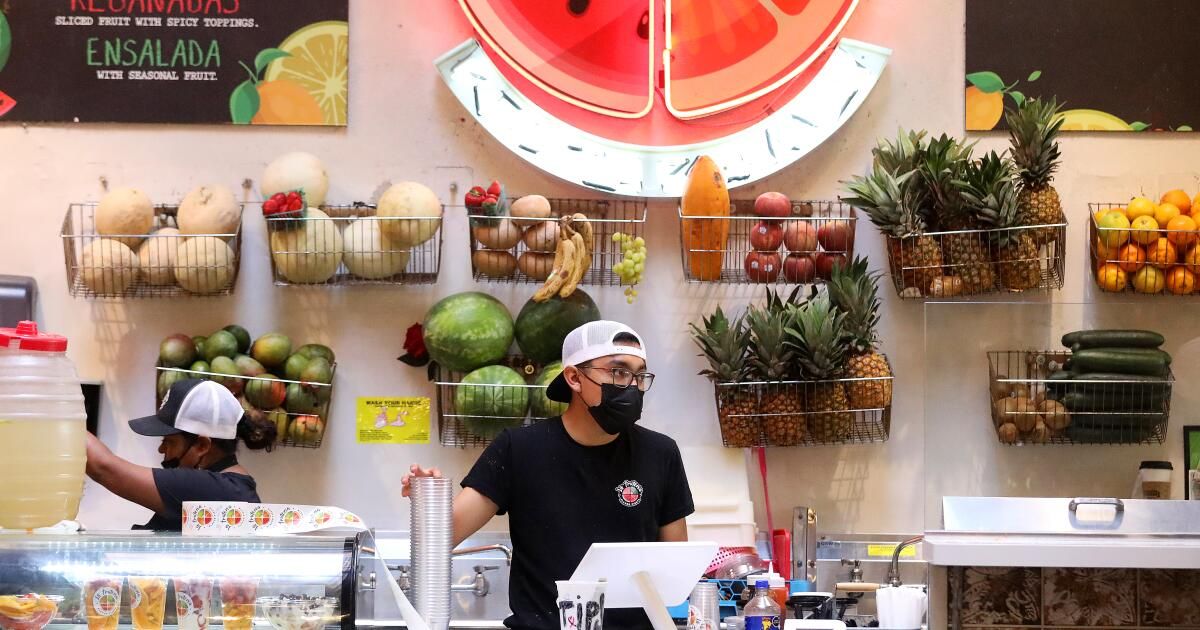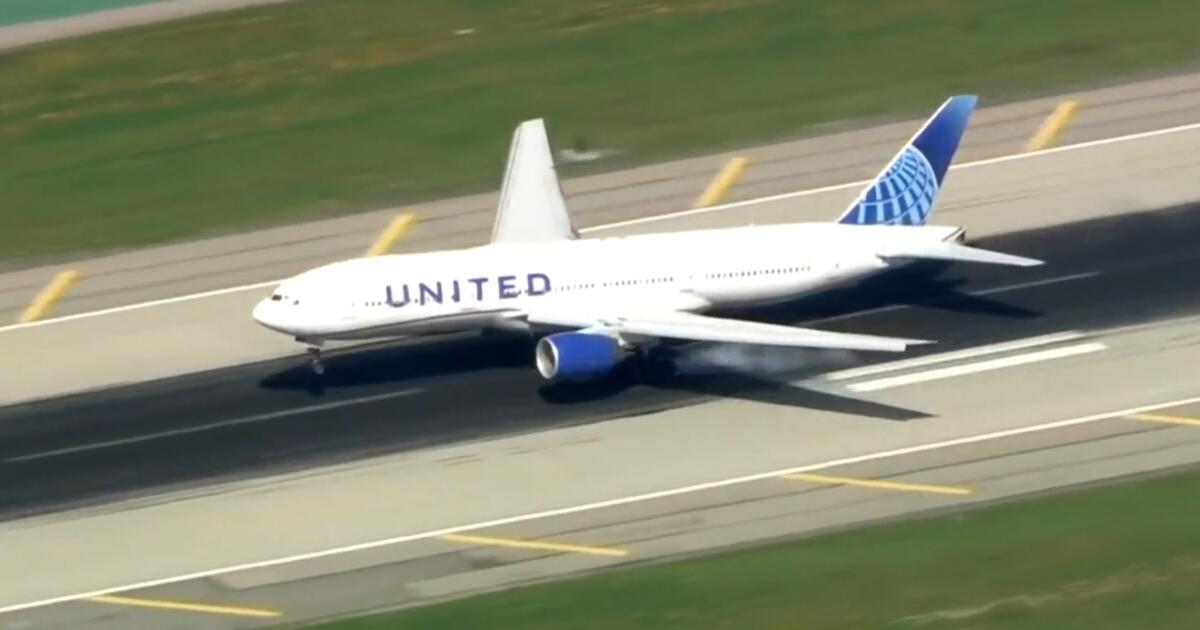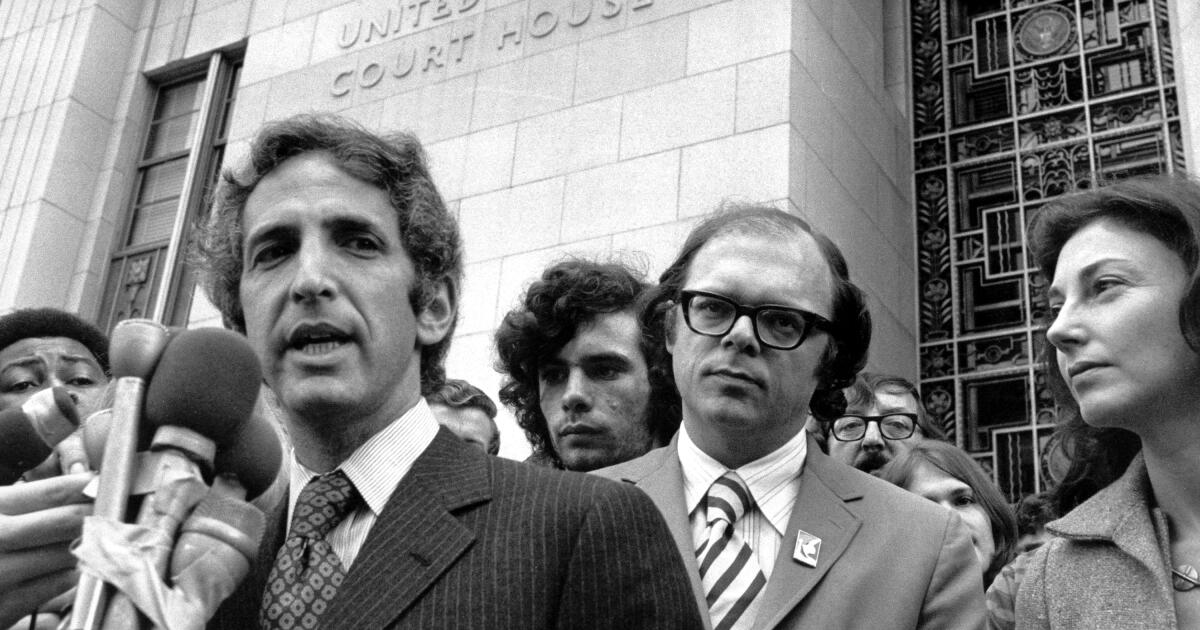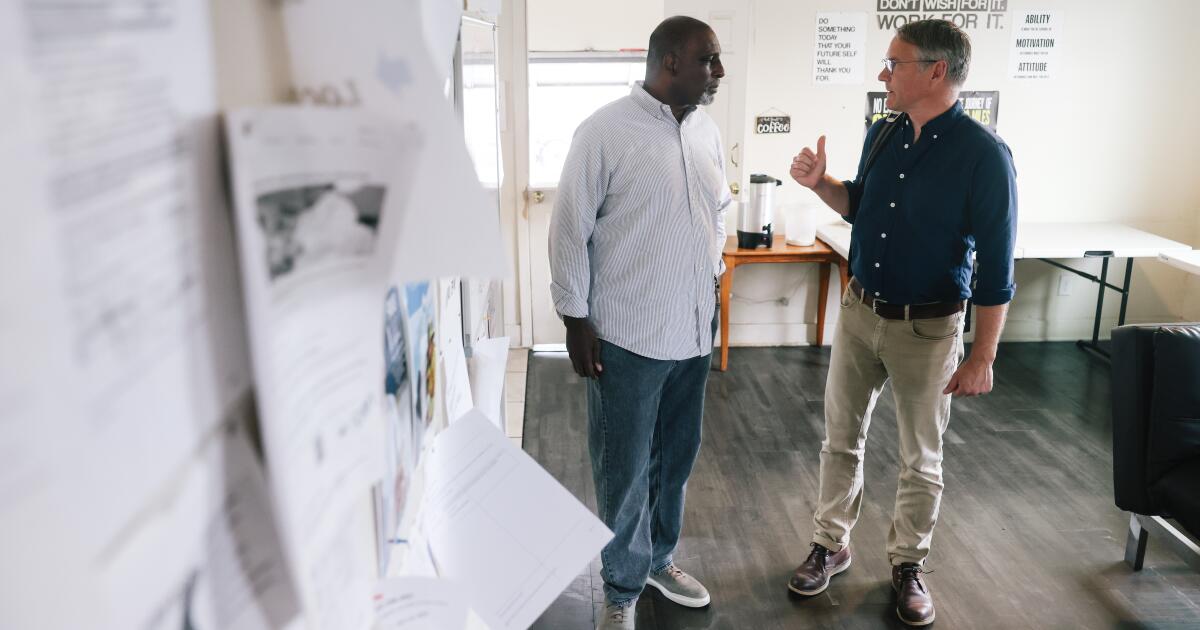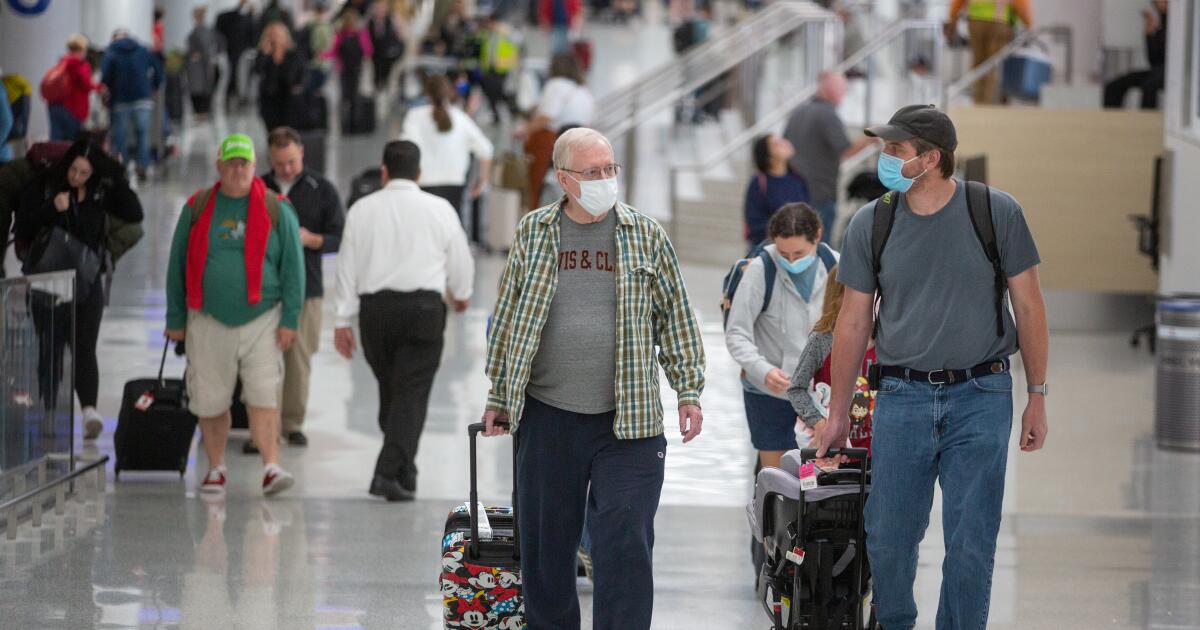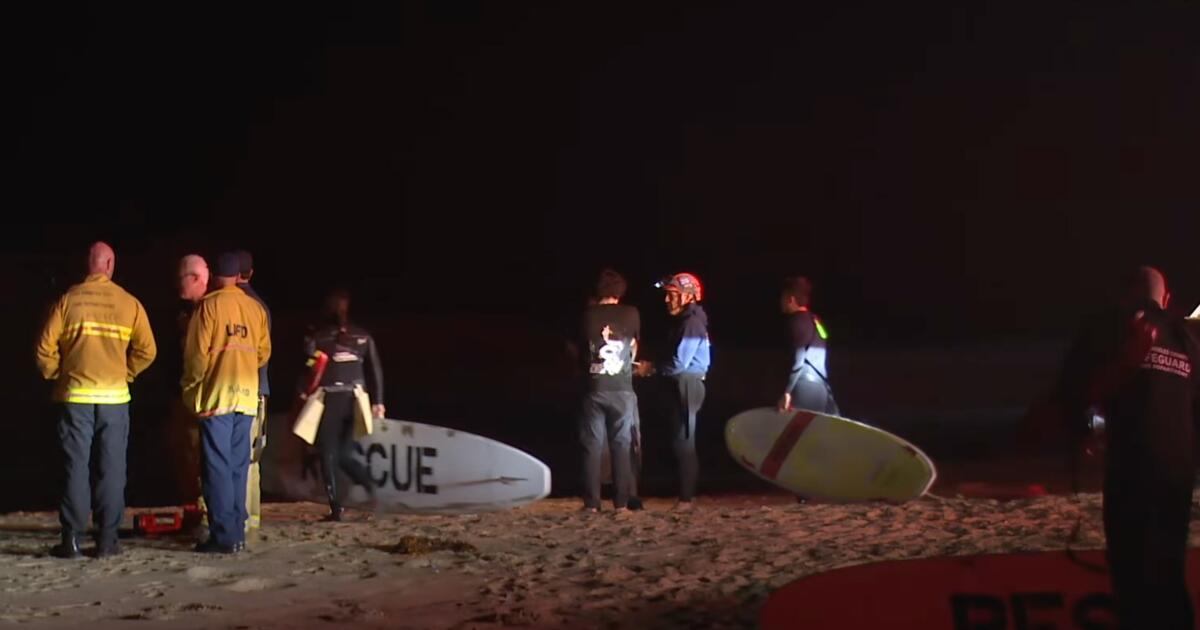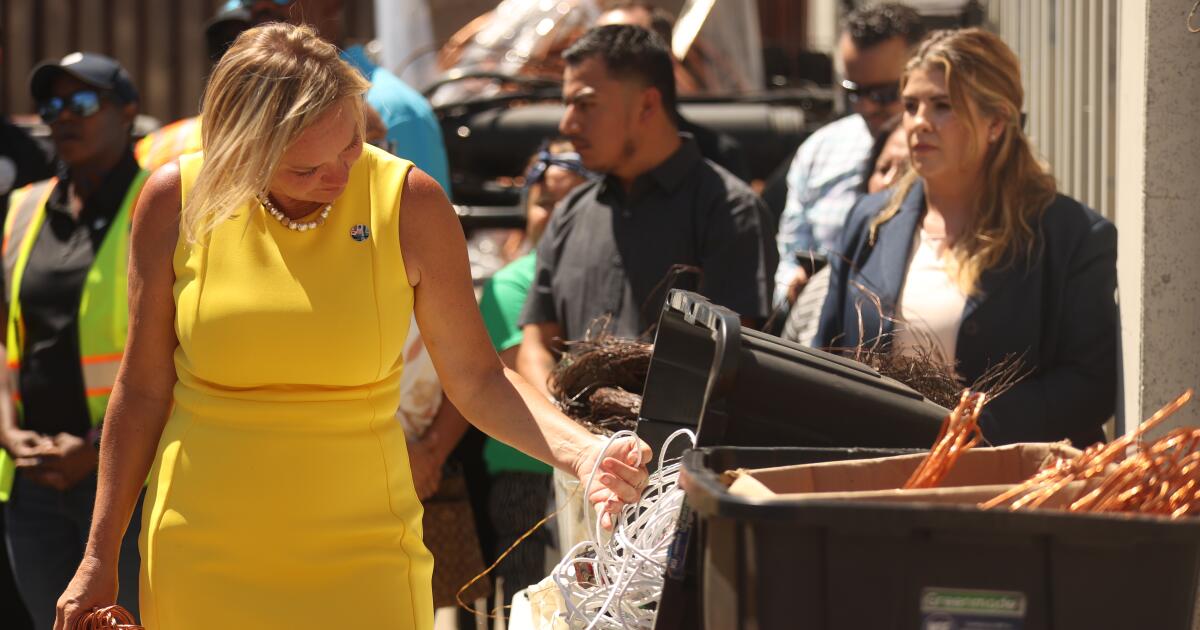With COVID-19 no longer the widespread public health emergency it was in previous years, public health officials at both the state and Los Angeles County levels have relaxed their guidelines for how long people should isolate themselves from others after of having been infected.
Both agencies note that earlier guidelines were implemented to reduce the spread of the coronavirus. But most policies now focus on protecting those most at risk of serious illness while reducing social disruption.
Here's what you need to know about the new guidelines:
How long do I have to stay home?
Under revised guidelines this month, officials at California and county public health departments now say those who test positive should isolate and stay home only while they have active COVID-19 symptoms. Those who test positive, but remain asymptomatic, do not need to do so.
Those who develop symptoms, such as cough or body aches, can end their isolation period once their symptoms are mild and improve, as long as they have been fever-free for 24 hours without the use of medication.
Previous guidelines indicated that those who were infected should stay home for at least five days.
“The above isolation recommendations were implemented to reduce the spread of a virus to which the population had little immunity and had caused large numbers of hospitalizations and deaths that overwhelmed our health systems during the pandemic,” the Department of Public Health said. of California in a statement. .
“We now find ourselves in a different time with reduced impacts of COVID-19 compared to previous years, due to broad immunity to vaccination and/or natural infection and readily available treatments for infected people.”
The U.S. Centers for Disease Control and Prevention, which last updated its guidelines last spring, still recommends isolating yourself for at least five days after the onset of symptoms or your first positive test if you don't have symptoms.
Regardless of symptoms or isolation, health experts recommend that anyone who has COVID-19 stay away from those at higher risk of becoming seriously ill for 10 days.
What about masking?
Officials say people with COVID-19 should still wear a mask when around others for 10 days after symptoms appear or, if asymptomatic, after testing positive for the first time.
Infected people can stop wearing a mask sooner if they test negative in two consecutive rapid tests taken at least one day apart.
Should I look for medication?
Anyone who has COVID-19 should talk to a healthcare provider as soon as possible to find out if they may be eligible for treatment, such as a prescription for Paxlovid or another antiviral medication.
“Like COVID-19, the flu and RSV [respiratory syncytial virus] “Continuing to circulate in Los Angeles County, residents remain at increased risk of being exposed or exposing others to respiratory infections,” the Los Angeles County Department of Public Health said in a statement Friday.
“People are encouraged to take common sense precautions, such as getting vaccinated and, if sick, staying home, getting tested and seeking treatment, to protect themselves and the people around them from respiratory illnesses.”
When should I take the test?
The change in guidance comes as some health care officials have noted an apparent delay in the time it now takes to get an accurate result using rapid at-home tests; a delay that some experts posit is a result of people having built up immunity against COVID-19 for more than 10 years. the years, either due to vaccines or previous infections.
The CDC still recommends getting tested right away if you have symptoms of COVID-19, and experts note that a positive result from a rapid home test is usually reliable.
But a negative result, especially from a test done at an early stage, may not be as accurate, as it may take a few days for the virus to reproduce in high enough numbers to be detected.
If your test is negative, but you have COVID symptoms, the CDC suggests retesting after 48 hours. And during that period, officials say you should stay home and away from other people or wear a mask if you need to be around other people.
Rapid at-home COVID-19 tests typically detect a coronavirus infection at least 80% of the time, according to the Food and Drug Administration.

